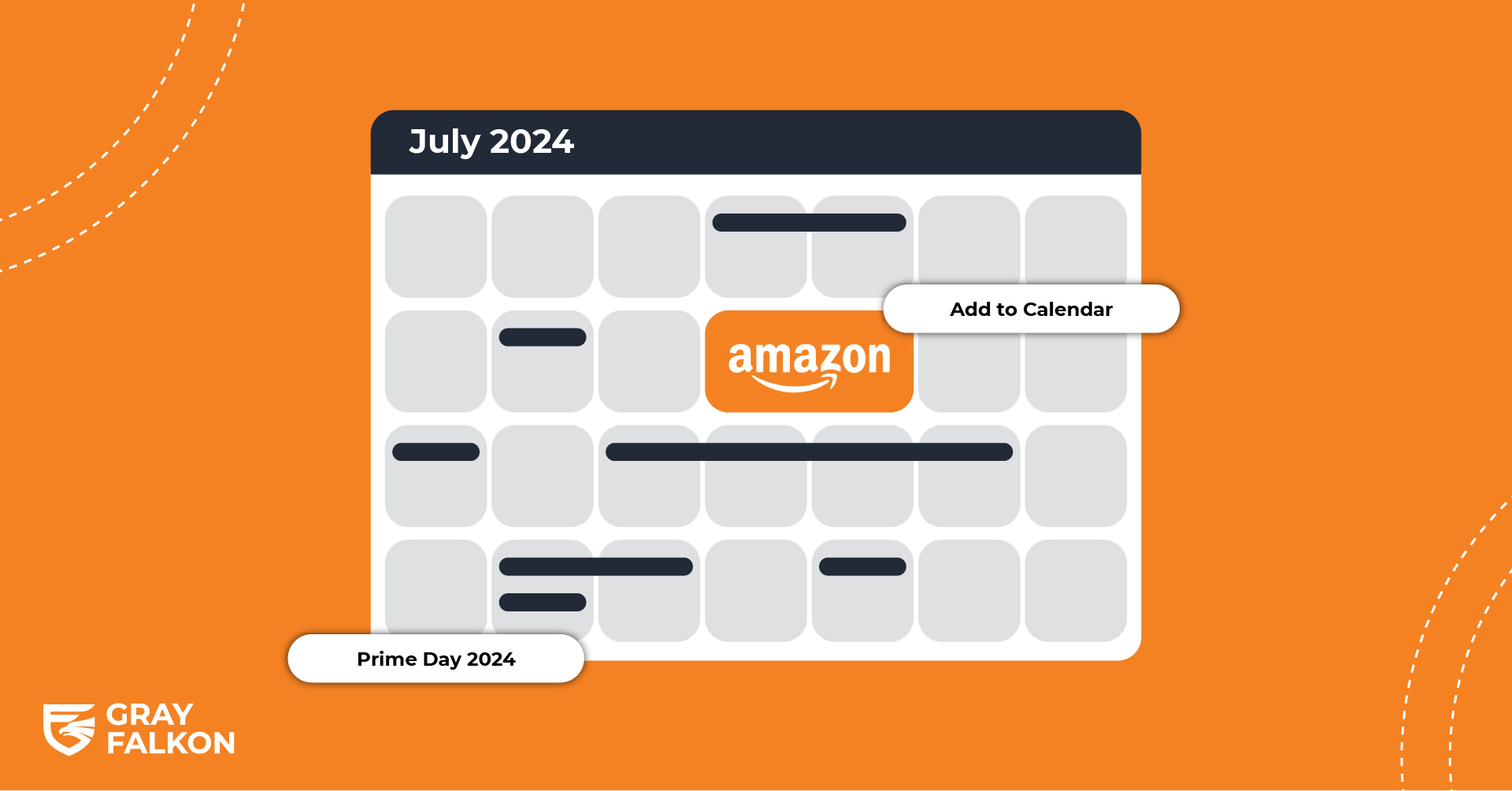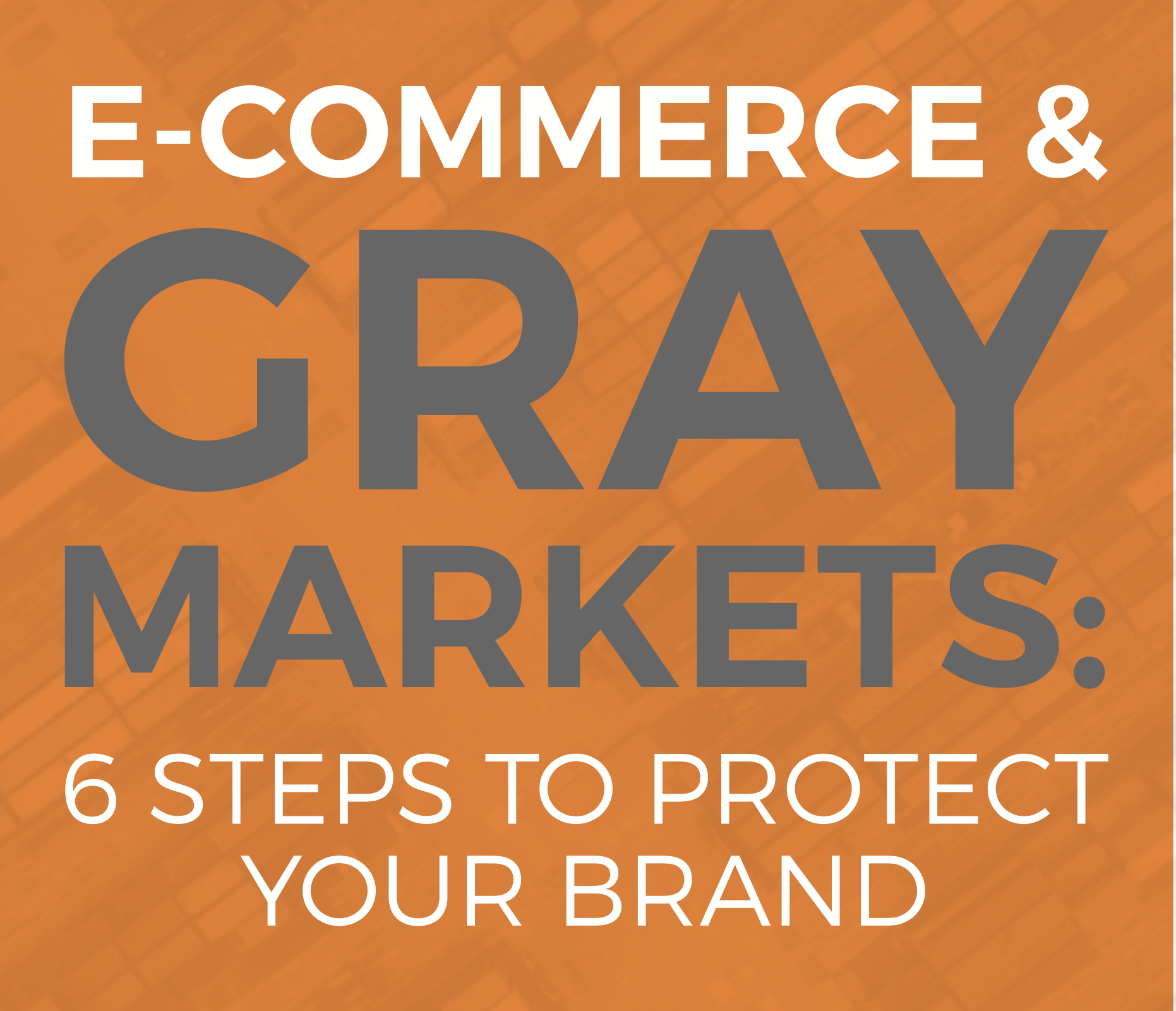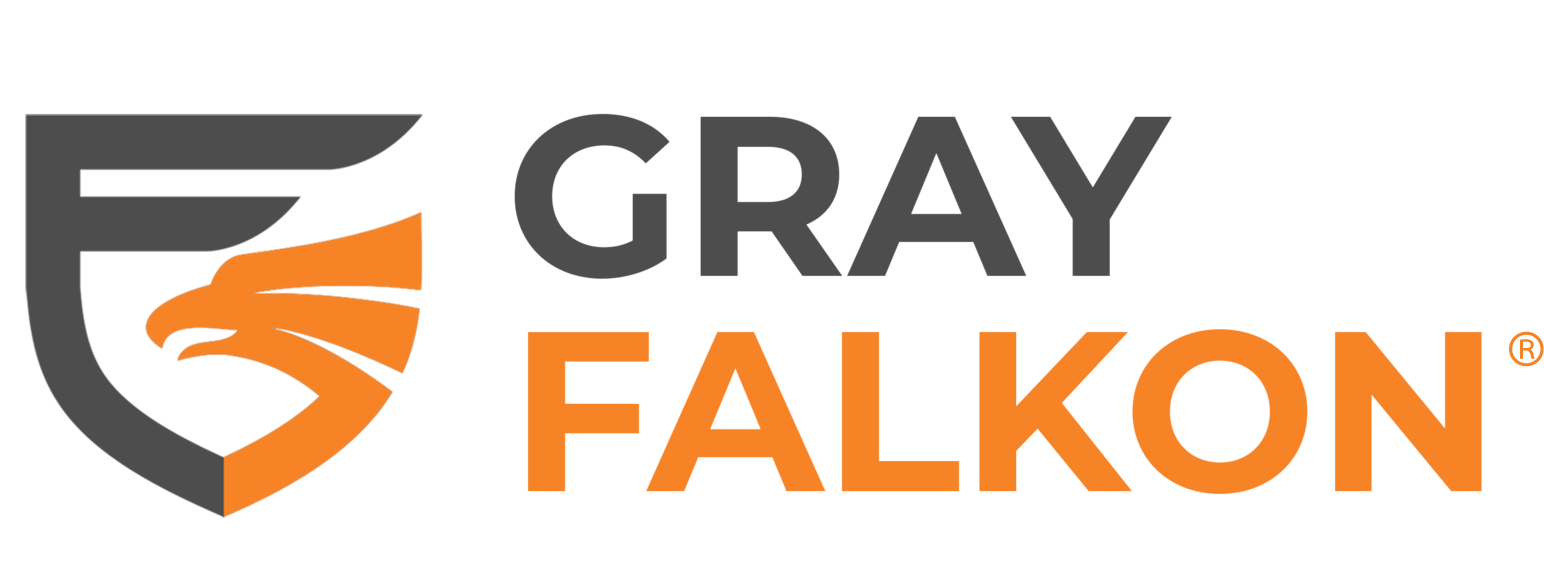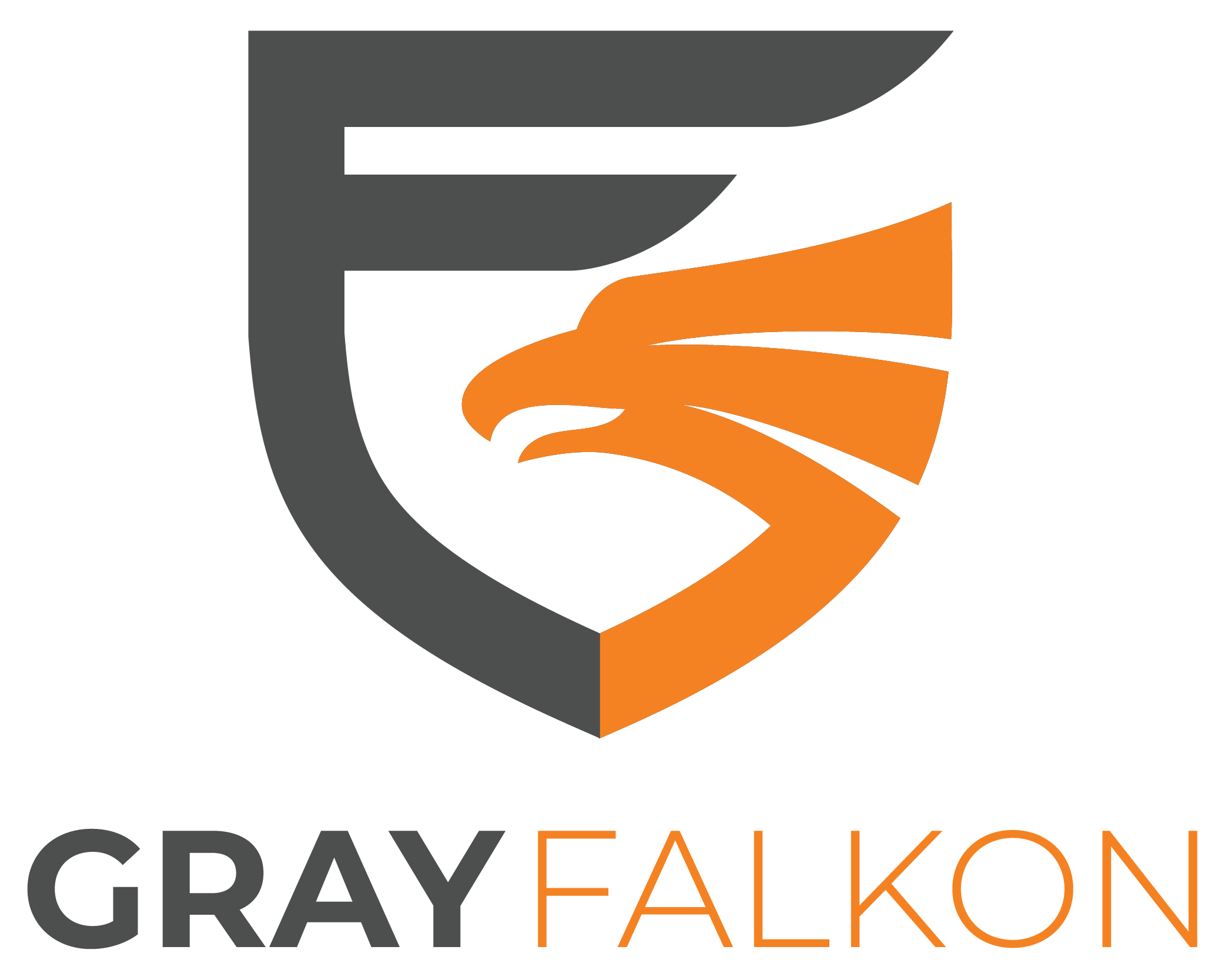
Amazon Prime Day, one of the biggest shopping events of the year, is marked by a significant surge in sales and customer traffic, offering an unrivaled opportunity for brands to showcase their products to millions of eager shoppers. While this event can lead to substantial revenue boosts, it also presents considerable challenges. Amid the excitement, the presence of unauthorized third-party sellers becomes a notable concern. These rogue entities can significantly undermine brand control, jeopardize consumer trust, and siphon away potential revenue by selling counterfeit, used, or otherwise unauthorized products. With the stakes so high, brands must remain vigilant and proactive to protect their reputation and bottom line during this bustling sales period.
History of Amazon Prime Day
Amazon Prime Day began as a one-day event in 2015, commemorating Amazon’s 20th anniversary. Initially intended to rival Black Friday, it offered a host of significant deals exclusively to Amazon Prime members. The event was an instant success, significantly boosting sales and increasing Prime membership numbers.
Over the years, Prime Day has expanded in duration and global reach. From a single day, it has extended to 48 hours, encompassing numerous countries across the globe. The day is marked by lightning deals, discounts on thousands of products from various categories, and special promotions on Amazon’s own devices. This years Prime Day is occurring July 16-17, 2024. Just like previous years, this Prime Day promises big deals on products ranging from electronics to fashion.
The impact of Prime Day on eCommerce is profound, setting sales records each year and effectively creating a mid-year shopping frenzy that has altered the retail calendar. Other major retailers like Walmart have begun to counter-program with their own sales events such as Walmart+ Week, a further testament to Prime’s Day’s substantial influence on the retail industry.
This exponential growth underscores its importance not just as a sales driver but as a strategic opportunity for brands to showcase new products, unload older stock, and gain visibility in a crowded market. However, the increased visibility also comes with increased challenges, especially concerning unauthorized sellers who are drawn to the event’s high traffic and sales potential.
How to Become a Prime Day Seller
Participating in Amazon Prime Day can significantly boost a brand’s visibility and sales, but becoming a successful seller during this event requires careful preparation and strategic planning. Here’s how brands can optimize their participation in Prime Day:
Eligibility and Preparation: Sellers must have a professional seller account that is in good standing. Ensure that all account details are up to date and that you meet Amazon’s performance metrics.
Optimizing Listings: Enhance your listings with high-resolution images, detailed descriptions rich with keywords, and competitive pricing. Optimization increases visibility and the likelihood of sales.
Creating Deals: To participate in the Prime Day sale, create your deals by May 3, 2024. Ensure your account has a rating of more than 4 stars and your product also holds a rating above 4. Deals can be created from a list of eligible products in the ‘Select products’ tab of your Deals dashboard, which refreshes weekly. Learn more about creating deals here.
Inventory and Logistics: Managing inventory through Fulfillment by Amazon (FBA) can enhance shipping reliability during Prime Day. Use historical sales data and current market trends to forecast demand and adjust inventory accordingly.
By following these guidelines, sellers can maximize their success on Prime Day and enhance their overall Amazon selling strategy.
The Impact of Unauthorized Sellers on Prime Day
Prime Day, with its heightened sales and traffic, inevitably attracts not only genuine brands but also unauthorized third-party sellers. These sellers, often operating without consent from brands, present a multitude of risks and operate through cunning strategies:
Rapid Setup and Mobility: Unauthorized sellers can quickly set up shop on Amazon, capitalizing on the robust traffic of Prime Day. They often use sophisticated tools to track popular products and undercut legitimate sellers on price, rapidly gaining visibility and sales before enforcement can catch up.
Operating Tactics: These sellers typically operate by exploiting loopholes in marketplace policies, such as slightly altering product listings or using misleading descriptions to avoid detection. They move quickly, often changing names and details to stay ahead of brand enforcement efforts.
Brand Integrity and Control: Unauthorized sellers dilute the perceived value of a brand by offering counterfeit, gray market, or substandard products. Such activities can lead to negative customer experiences and damage the brand’s reputation, as consumers may not realize they’re purchasing from a rogue seller.
Consumer Trust: When customers unknowingly buy inferior or counterfeit products from these sellers, their trust in the brand diminishes. Rebuilding this trust can be costly and time-consuming, requiring significant customer service efforts and public outreach.
Revenue Loss: Every sale made by an unauthorized seller represents a lost opportunity for the brand. These sellers often engage in price wars, driving down the perceived value of the products and complicating the brand’s pricing strategy, especially among authorized sellers and partners.
Exacerbating Arbitrage Issues: The presence of unauthorized sellers during Prime Day also heightens the challenge of arbitrage for brands and authorized sellers. Arbitrageurs, buy products at lower prices from unauthorized sellers during sales events like Prime Day to sell them at higher prices on other platforms or Amazon at a later date. This not only competes with genuine sales and authorized sellers but also disrupts pricing strategies and inventory management for brands, further complicating the challenges during high-traffic sales events.
Given these challenges, it’s crucial for brands to implement robust strategies to identify, monitor, and manage unauthorized sellers, especially during high-visibility events like Amazon Prime Day. Doing so not only protects the brand’s integrity but also ensures that customers receive genuine products, maintaining the brand’s reputation for quality and reliability.
Identifying Unauthorized Sellers
To protect your brand during major sales events like Amazon Prime Day, it’s crucial for brands to effectively identify and address unauthorized sellers. Here are several strategies that brands can use to identify unauthorized sellers in the marketplace:
Brand Registry and Monitoring Tools: Enrolling in Amazon’s Brand Registry empowers brands with tools to help them manage their brand representation on the platform. Paired with advanced monitoring tools like Gray Falkon’s Full Deployment solution, automated and immediate action is taken against unauthorized listings, policy violations, and trademark infringements.
Data Analysis: Brands should analyze sales data for spikes in sales of specific products that might indicate unauthorized selling. Sudden changes in sales patterns can often be traced back to third-party sellers.
Seller Audits: Regularly auditing the seller information on Amazon can help identify unauthorized sellers. Brands should look for inconsistencies in seller information, product descriptions, and pricing, which are red flags for unauthorized activity.
Customer Feedback: Monitoring customer reviews and feedback can also provide clues about unauthorized sellers. Complaints about product quality or authenticity can be indicators of counterfeit or unauthorized sales.
Collaborative Efforts: Working closely with marketplaces to report and take action against unauthorized sellers is essential. Platforms like Amazon and Walmart have mechanisms in place to support rights holders in protecting their IP.
Implementing these strategies to identify unauthorized sellers requires a proactive approach to monitoring and enforcement. By identifying and addressing unauthorized sellers swiftly, brands can protect their reputation and ensure that consumers are purchasing authentic products.
Strategies for Brand Protection
Amazon’s Prime Day necessitates robust strategies that not only react to threats but also prevent them. By integrating Amazon’s in-built protections with advanced solutions from Gray Falkon, brands can ensure a multilayered defense against unauthorized sellers and gray market goods.
Amazon’s Brand Protection Solutions:
Brand Registry: This service empowers brands with tools to manage their product pages effectively, ensuring that the brand content is consistent and accurate, which helps in reducing misrepresentation by unauthorized sellers.
Project Zero: Leveraging Amazon’s AI, Project Zero provides automated protections that continuously scan and proactively remove suspected counterfeit listings. Additionally, it offers a self-service counterfeit removal tool, giving brands the ability to remove counterfeit listings themselves.
Amazon IP Accelerator: This program helps brands more quickly secure their intellectual property rights, including trademarks. By connecting brands with a curated network of IP law experts, the IP Accelerator facilitates faster trademark registration, providing early access to Brand Registry benefits even before trademark registration is officially complete.
Amazon Transparency: A product serialization service, Amazon Transparency enables brands to authenticate products at every point in the supply chain. Each unit is given a unique code that Amazon scans to confirm its authenticity before shipment. This program significantly aids in preventing counterfeit products from reaching customers, thus protecting the brand’s reputation and customer trust.
The brand protection solutions provided by Amazon are a great start, however, they don’t provide brands with the level of protection needed in today’s fast-paced eCommerce world. That’s where our advanced AI brand protection solution comes into play.
Gray Falkon’s Advanced Solutions:
Comprehensive Monitoring Solutions: Our AI-powered solution extends monitoring beyond Amazon to other online marketplaces including Walmart, eBay, and more, providing a holistic view of the brand’s online presence. This ensures that enforcement is not just reactive but also strategic, covering a wider spectrum of potential IP and marketplace policy infringements.
Automated Enforcement and Proactive Protection: With the integration of machine learning and AI, Gray Falkon’s solution automates the detection and removal of unauthorized listings quickly. This automation extends to initiating and managing policy and compliance actions against repeat offenders, thereby streamlining what would typically be a complex and time-consuming process.
Dedicated Brand Success Strategist: Unique to Gray Falkon’s Full Deployment plan, brands benefit from a dedicated Brand Success Strategist who works closely with them to ensure their protection strategies and technologies are effectively aligned with their specific needs. This personalized approach ensures that the AI technology is not just a tool, but a part of a coordinated strategy designed to maximize protection and adapt to new challenges as they arise.
Deep Analytics and Reporting: Gray Falkon offers brands deep insights into the patterns and tactics of unauthorized sellers. These analytics help brands understand not just where marketplace violations occur and where their IP is being infringed, but also the effectiveness of the enforcement actions taken, allowing for better strategic decisions in real-time.
By leveraging both Amazon’s tools and Gray Falkon’s sophisticated technology, brands can adopt a proactive stance toward brand protection and control. This combination ensures that potential infringements are not only quickly addressed but also systematically prevented, maintaining the integrity of the brand and ensuring customer trust remains unshaken during high-traffic events like Prime Day.
Maximize Amazon Prime Day as a Seller
Amazon Prime Day represents both a significant opportunity and a considerable challenge for brands operating in the eCommerce space. With millions of customers flocking to Amazon to take advantage of Prime Day deals, the event can dramatically boost a brand’s visibility and sales. However, the presence of unauthorized sellers and counterfeit products poses serious risks to brand integrity and customer trust.
To navigate these challenges effectively, brands must leverage a combination of Amazon’s seller tools such as the Brand Registry, Project Zero, IP Accelerator, and Amazon Transparency alongside sophisticated solutions like those offered by Gray Falkon. This comprehensive approach ensures brands can protect their intellectual property, maintain control over their product listings, and enhance customer trust by ensuring authenticity. By taking proactive steps to utilize these advanced resources, brands can safeguard their interests and capitalize on the immense potential of Amazon Prime Day, turning this high-traffic event into a strategic advantage rather than a vulnerability. Schedule a demo today!
Happy Prime Day!





